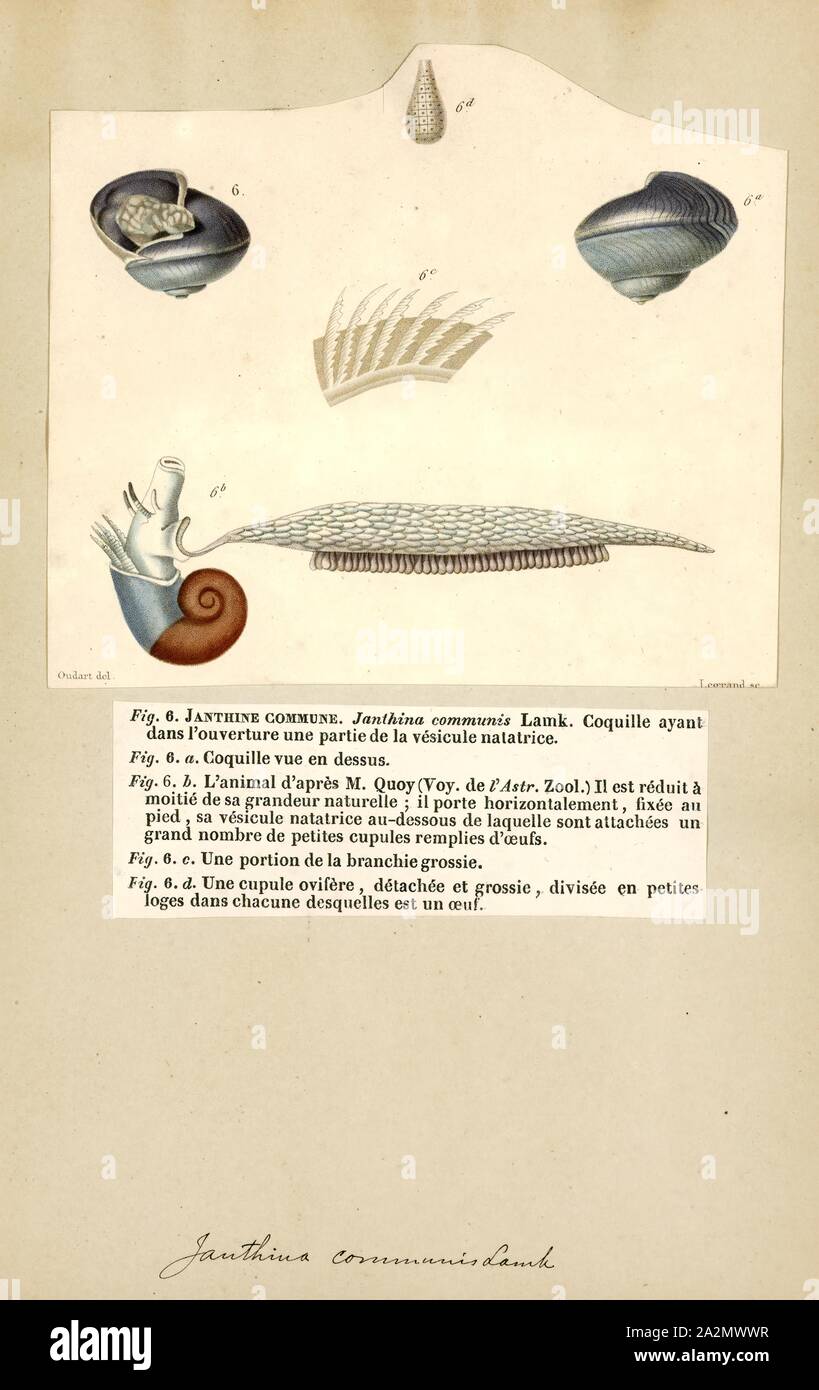

The captain of the Huntress tells Samwell Tarly that ironmen captured a Tyroshi merchantman on the straits a fortnight ago. Alayne worries what she will do when the dye runs out. It changes her own rich auburn into a burnt brown, but it is seldom long before the red begins creeping back at the root. The wash comes from Tyrosh, across the narrow sea. In the Eyrie Alayne Stone dyes her hair with a wash given to her by her aunt Lysa.

Sansa Stark has to dye her hair before arriving in the Eyrie. Lysa Tully tells Sansa Stark she looks too much like her mother and that in order to disguise her, her hair will have to be darkened before she is brought to the Eyrie. She tells Mycella that it is a game, but Myrcella realised that it was meant to keep her safe in case the ship was taken by her uncle Stannis. Septa Eglantine puts brown dye in Myrcella Baratheon’s hair when they are aboard the Seaswift, on the way to Braavos. Racallio Ryndoon dyed his long hair and beard purple, his favorite color, with orange streaks. In 50 AC, Aerea's hair were dyed in muddy brown by order of her grandmother, Queen Regent Alyssa Velaryon, to desguise her as a common girl and not be found by Ser Ronnal Baratheon. However, the ploy did not worked and the girls were found by Tyanna of the Tower, one of Maegor's wives. HistoryĪfter the death of her brother-husband, Prince Aegon the Uncrowned, Princess Rhaena Targaryen dyed the silver hair of their twins daughters, Aerea and Rhaella, to escape from King Maegor I Targaryen. Bright colored hair dyes are not that common in Westeros. Some characters dye their hair not for the sake of fashion but in order to disguise themselves. In Pentos, some of their men dye, oil, and fork their beards. Tyroshi dyers quickly learned to produce different colors of dyes by varying the diet of the snails. This led to merchants traveling to Tyrosh by the thousands.

These snails secreted a substance that, when properly treated, yielded a dye that soon became very fashionable among the nobility of Valyria. There, a unique variety of sea snail was discovered not long after the city was founded.
Violet storm snails free#
A substantial book review section in every issue provides a critical overview of new publications by both emerging and established scholars.Hair dye is more fashionable in the Free Cities especially amongst the Tyroshi, which is a major supplier of hair dye. From an original emphasis on Old Testament studies in the nineteenth century, JNES has since broadened its scope to encompass all aspects of the vibrant and varied civilizations of the Near East, from the ancient times to pre-modern Near East. In 1895 it became the American Journal of Semitic Languages and Literatures, and in 1942 it received its present designation, the Journal of Near Eastern Studies. Founded in 1884 as Hebraica, the journal was renamed twice over the course of the following century, each name change reflecting the growth and expansion of the fields covered by the publication. Read the latest issue.Devoted to an examination of the civilizations of the Near East, the Journal of Near Eastern Studies has for 125 years published contributions from scholars of international reputation on the archaeology, art, history, languages, literatures, and religions of the Near East. Current issues are now on the Chicago Journals website.


 0 kommentar(er)
0 kommentar(er)
